The Centre-Val de Loire showcases a diverse heritage, from medieval fortresses like Château de Lavardin to Renaissance structures. The region features protected natural sites such as the Chérine Nature Reserve and the Domaine du Ciran, which host hundreds of bird species in their ponds and woodlands. The Savonnières Pétrifiantes Caves illustrate local geological phenomena, while the Briare Canal Bridge demonstrates 19th-century engineering. This selection also includes historical and cultural sites, from the Dunois Mill preserving 17th-century mechanisms to the Marcel Proust Museum housed in an authentic residence. The Picassiette House in Chartres exhibits Raymond Isidore's unique work over several decades. The Parc Floral de la Source and the Saint-Ours Collegiate complete this exploration combining Gothic religious architecture with themed gardens, providing diverse discoveries accessible to visitors.
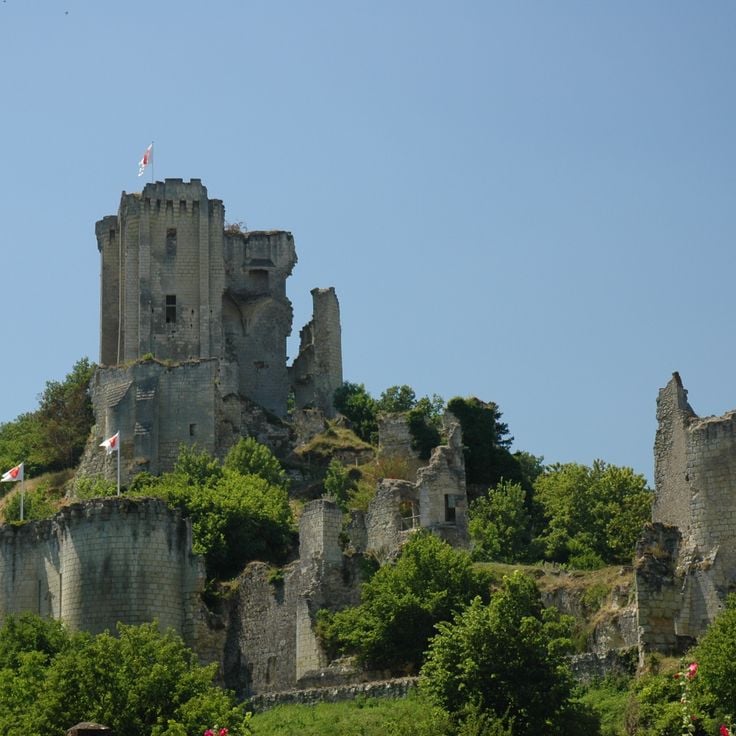
Lavardin, France
The fortress remains from the 11th and 12th centuries stand on a limestone cliff. The site includes defense towers, a keep and underground passages.

Chartres, France
Raymond Isidore covered this house with mosaics made from broken pottery and glass between 1938 and 1964. The walls, floors and furniture display intricate patterns.
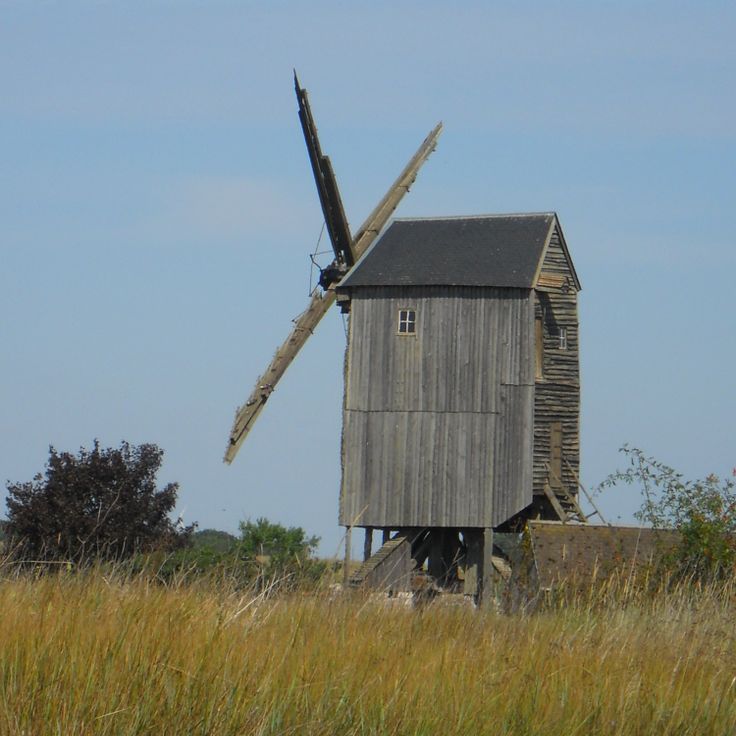
Beaugency, France
This 17th century tower mill retains its original wooden mechanism for grinding grain. Located on a hill, it shows traditional milling techniques from past centuries.
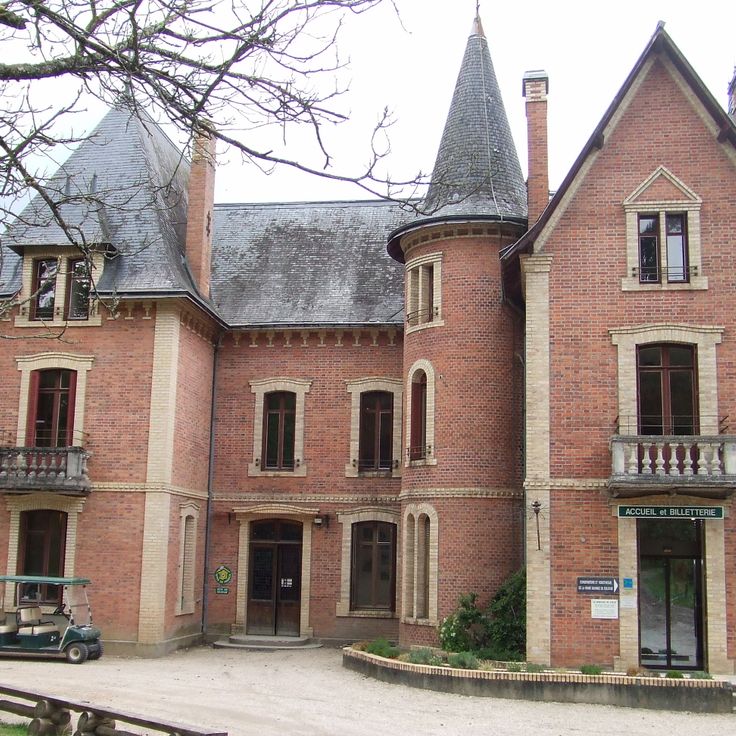
Ménestreau-en-Villette, France
This 300-hectare nature reserve contains ponds, forests and meadows. Marked paths allow observation of local birds, deer and small mammals in their natural habitat.

Savonnières, France
These natural caves contain mineral-rich water streams that petrify objects through limestone deposits. Visitors can observe the ongoing petrification process and view various displayed objects.
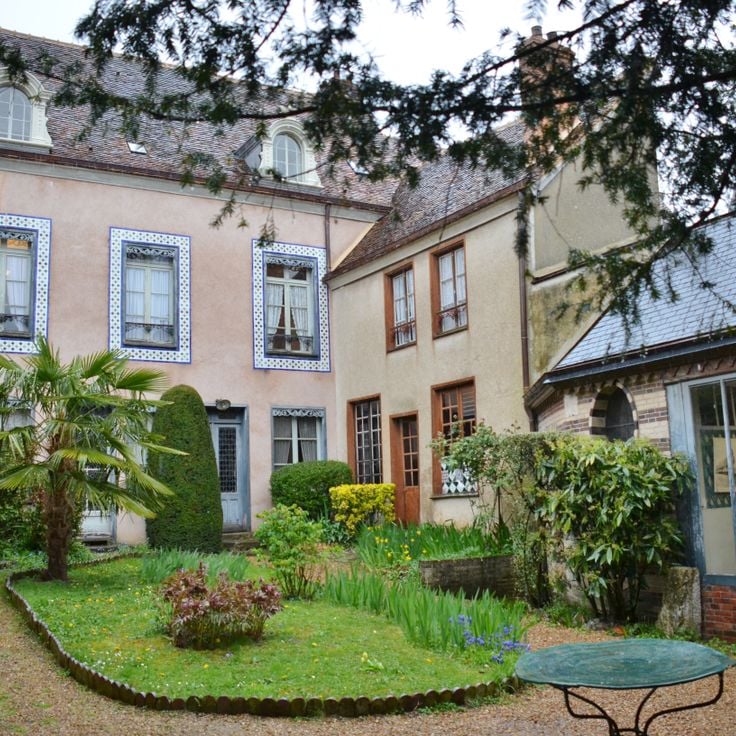
Illiers-Combray, France
The Musée Marcel Proust occupies his aunt's house and presents furniture, letters and first editions that document the writer's life and work.
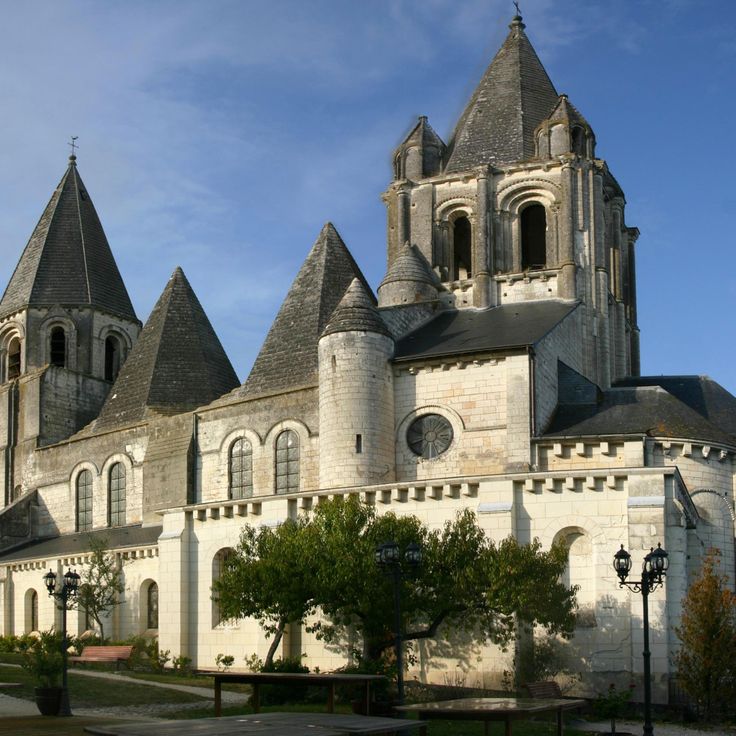
Loches, France
This 12th-century Romanesque church has a double nave and stone pyramidal roofs built on octagonal bases.
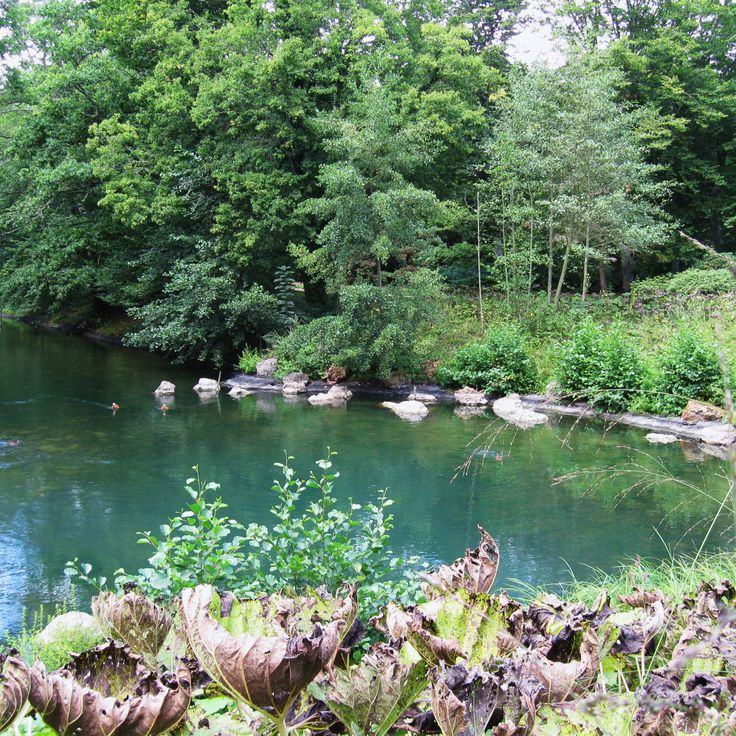
Orléans, France
This park extends over 35 hectares and features thematic gardens, a butterfly garden and the natural spring of the Loiret River, which emerges from underground sources.
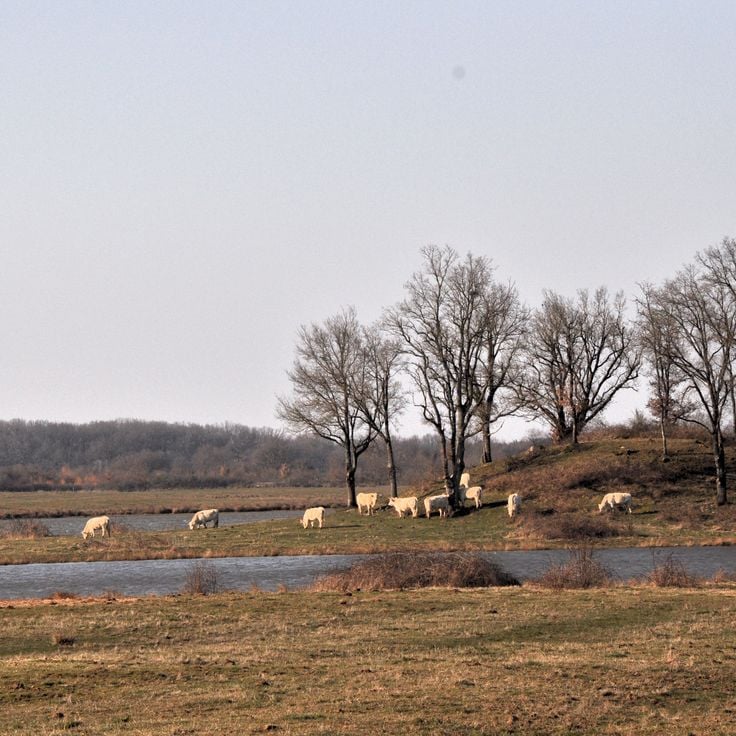
Saint-Michel-en-Brenne, France
This protected area contains 145 hectares of ponds, marshes and meadows where 256 bird species nest and migrate throughout the year.
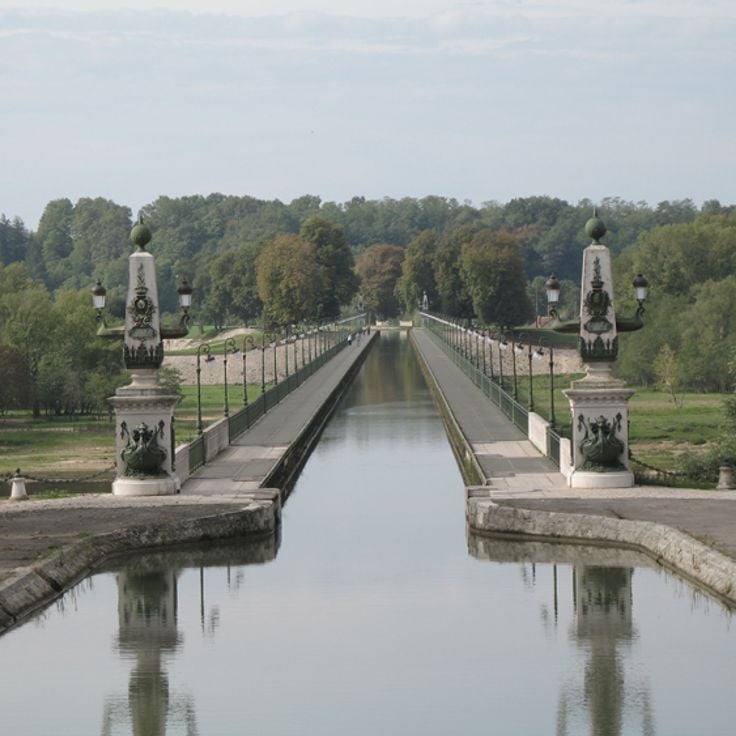
Briare, France
The Pont Canal de Briare is a 662-meter metal structure completed in 1896 that carries boats from the Briare Canal across the Loire River.
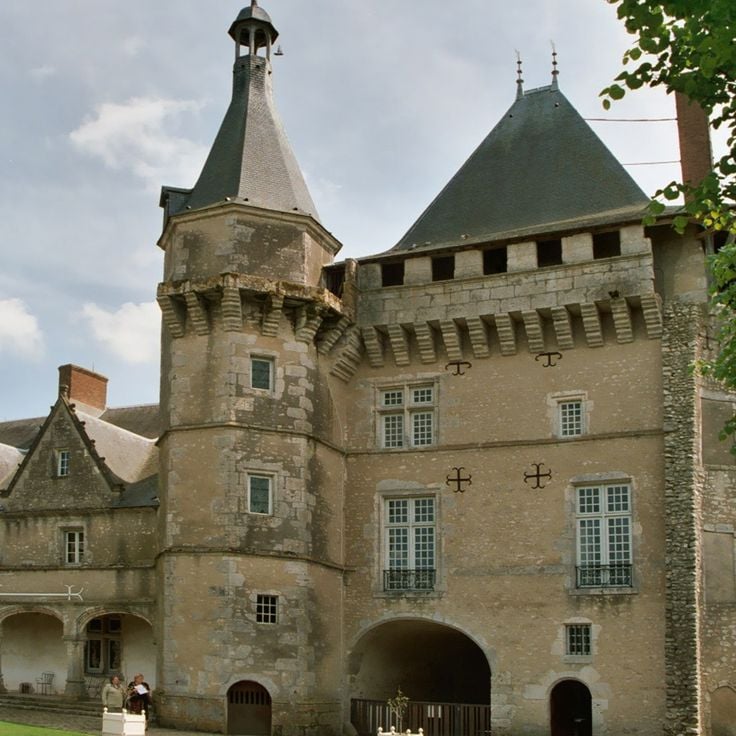
Talcy, France
The Château de Talcy dates from the 16th century and preserves its original furniture. The property includes gardens and an orchard with old French apple varieties.

Monthou-sur-Cher, France
This stone fortress from the 15th century combines Gothic architecture with Renaissance elements and is surrounded by a moat and extensive forests.
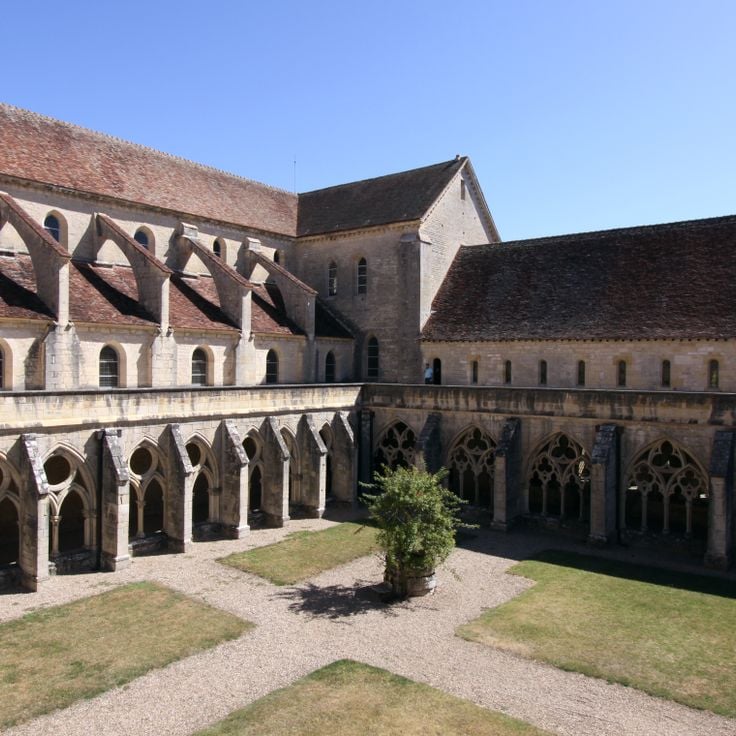
Bruère-Allichamps, France
The Abbaye de Noirlac is a 12th-century Cistercian monastery with cloister, refectory and chapter house that illustrates the architectural principles of this religious order.
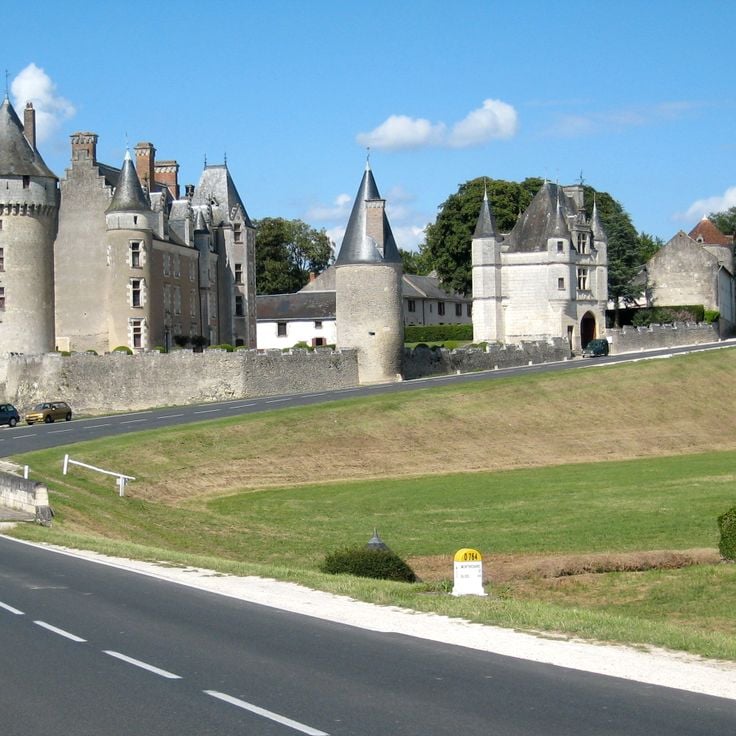
Céré-la-Ronde, France
The Château de Montpoupon is an inhabited medieval fortress that houses a museum on hunting history, equestrianism and French rural life. The rooms are furnished with period furniture and display collections of hunting weapons, saddles and equipment.
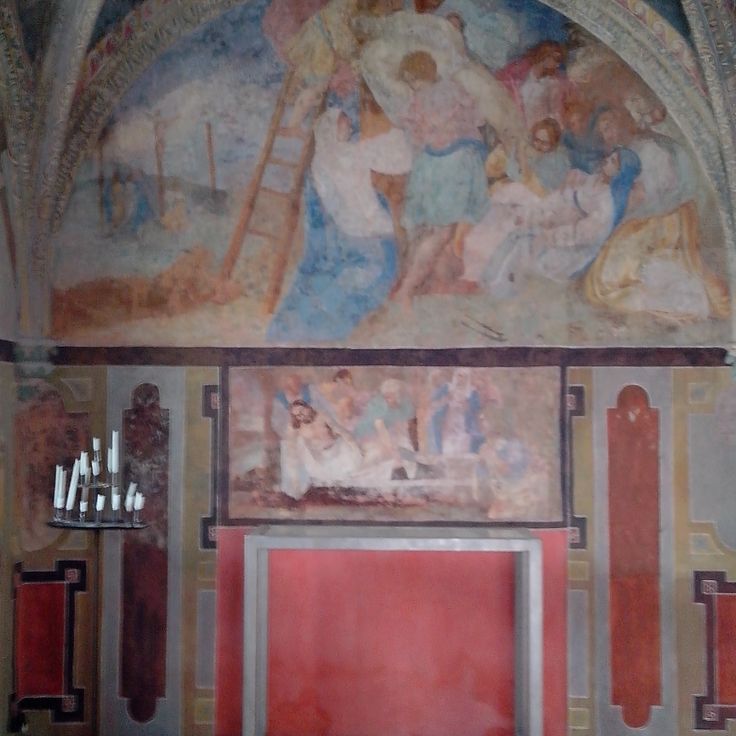
Tour-en-Sologne, France
The Château de Villesavin was built in the 16th century and now houses a collection of wedding dresses and ceremonial items spanning several centuries.
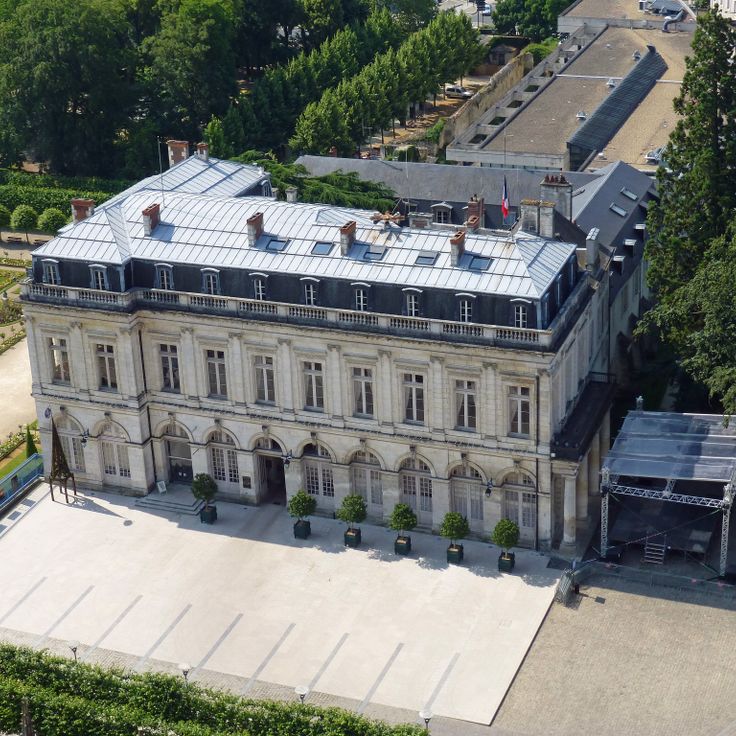
Bourges, France
This museum displays the works of craftsmen who have received the Meilleur Ouvrier de France title, in fields such as furniture making, metalwork, textile arts, and glasswork.

Fougères-sur-Bièvre, France
This 15th century castle features typical military architecture elements with moat, battlements and watchtowers.
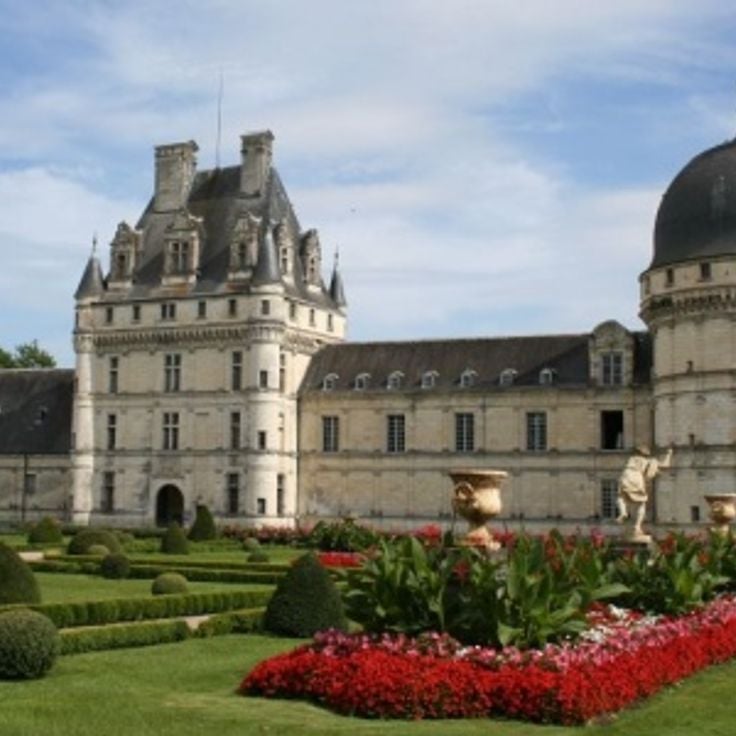
Valençay, France
This castle presents a mix of Renaissance and classical architecture, complemented by French formal gardens and a historical wine production on the estate.

Issoudun, France
The Musée Saint-Roch displays archaeological finds, paintings and documents tracing the history of Issoudun and the Berry region from medieval times to the modern era.
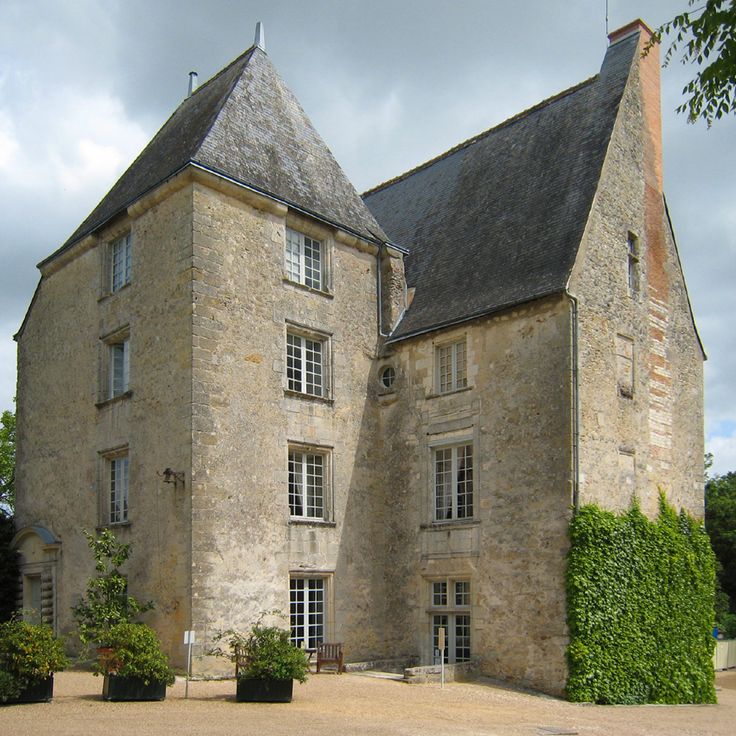
Saché, France
This museum presents the workspaces, personal belongings and original manuscripts of Honoré de Balzac, who wrote several of his novels here while staying regularly with friends.
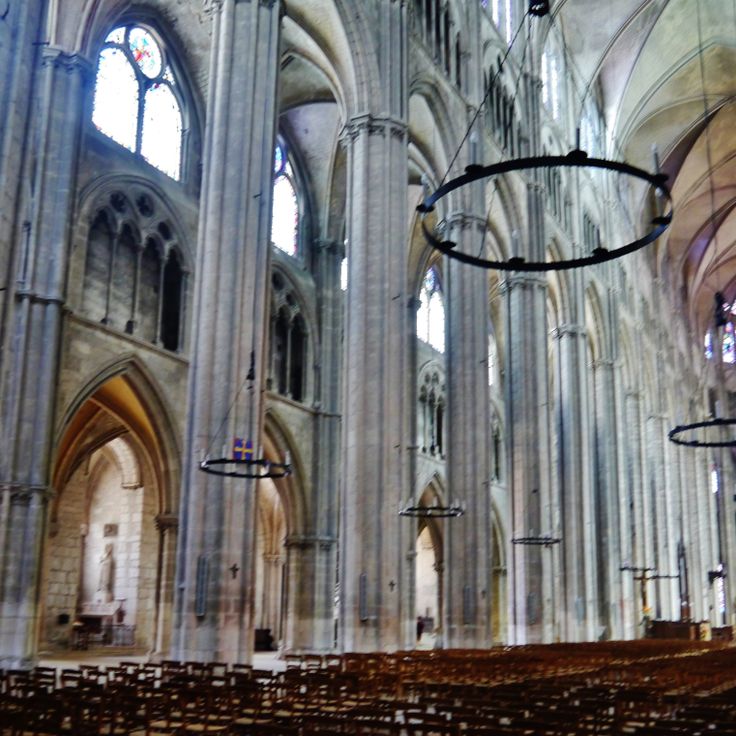
Bourges, France
This Romanesque crypt extends beneath the cathedral choir with columns, burial chambers and medieval stone carvings from the 12th century.
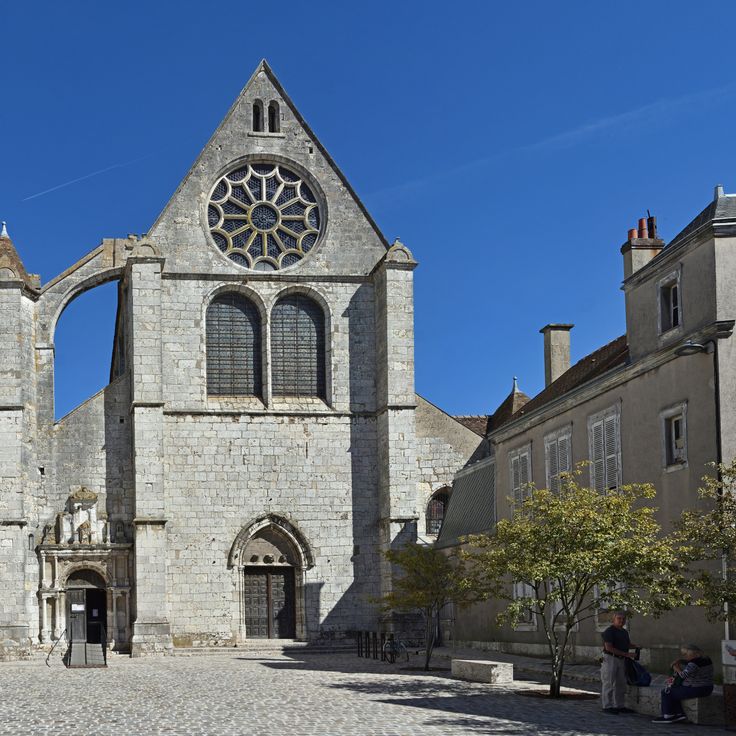
Chartres, France
This church combines Romanesque and Gothic architectural elements and contains wall paintings from different periods as well as stone sculptures. The vault dates from the 12th century and demonstrates medieval construction techniques in Chartres.
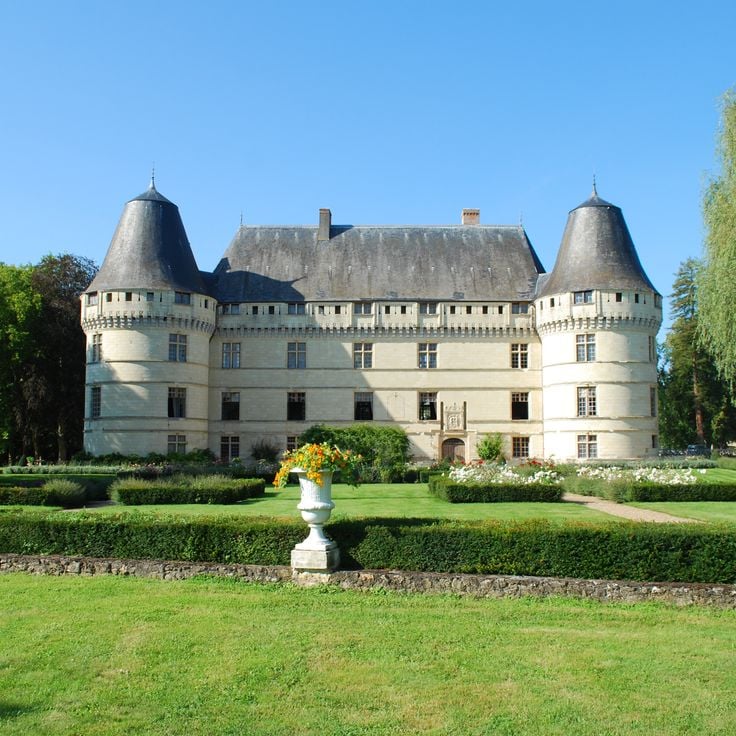
Azay-le-Rideau, France
This 16th-century castle occupies an island in the Indre River. The estate includes a moat, several towers and a Renaissance chapel.
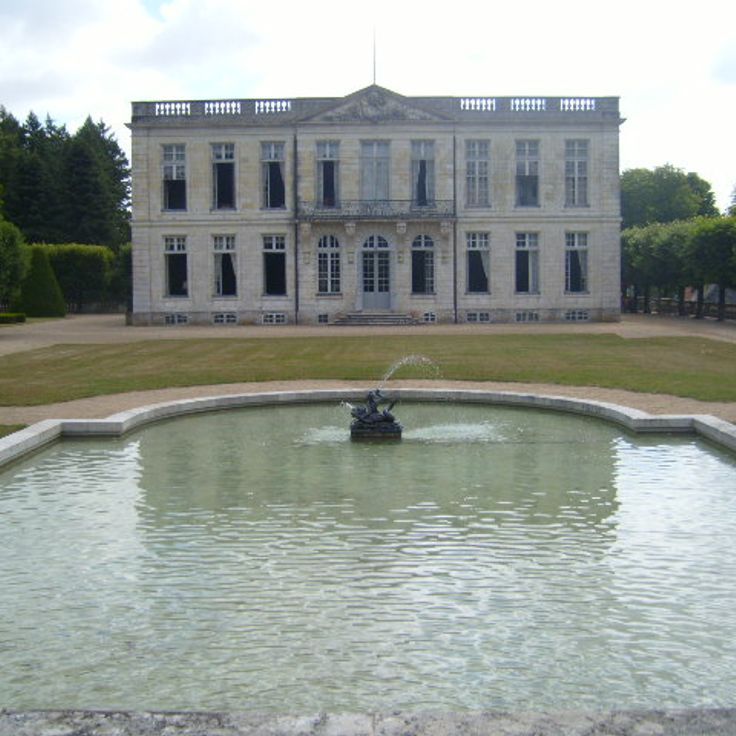
Bouges-le-Château, France
The neoclassical castle features symmetrical gardens, statues and a large park. The interior rooms display original 18th century furniture.

Centre-Val de Loire, France
This 19th century waterway spans 320 kilometers through rural landscapes with numerous locks and historic structures along its banks.

Amboise, France
This 44-meter Chinese-style tower built in 1775 stands as the last remnant of the Duke of Choiseul's estate.
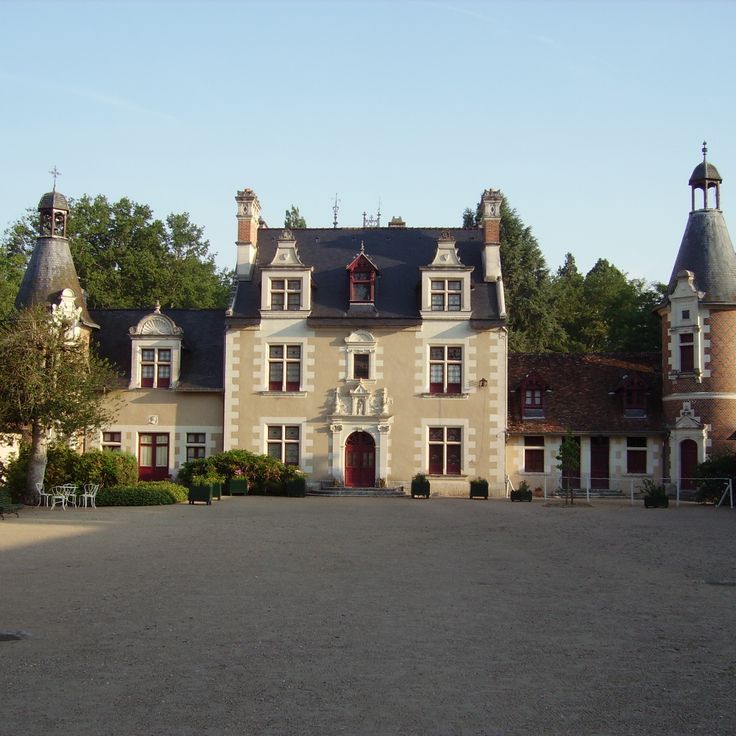
Cheverny, France
This Renaissance mansion from the 16th century contains period furniture and decorative arts within its stone walls and gardens.
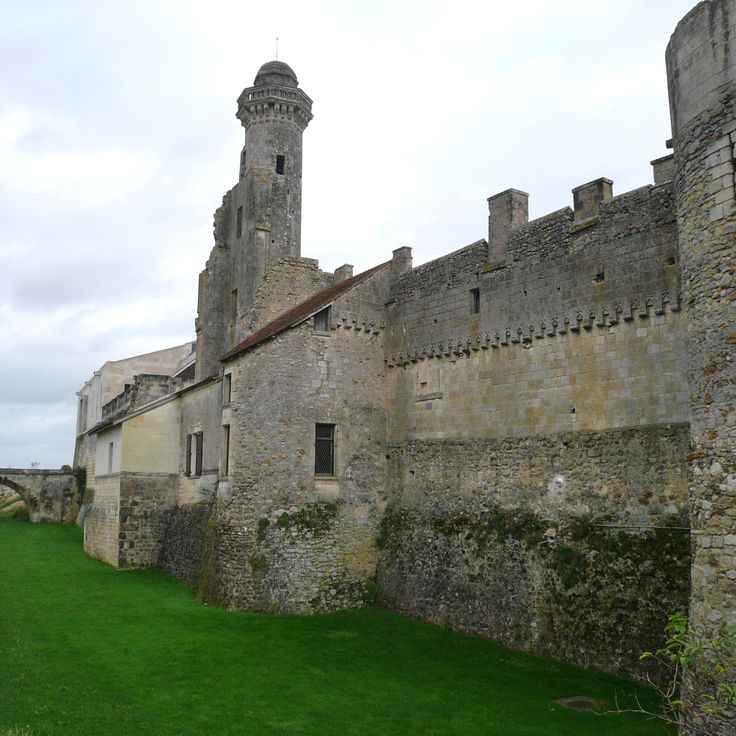
Le Grand-Pressigny, France
The museum displays stone tools and artifacts from Neolithic periods within a medieval castle that dates to the 12th century.
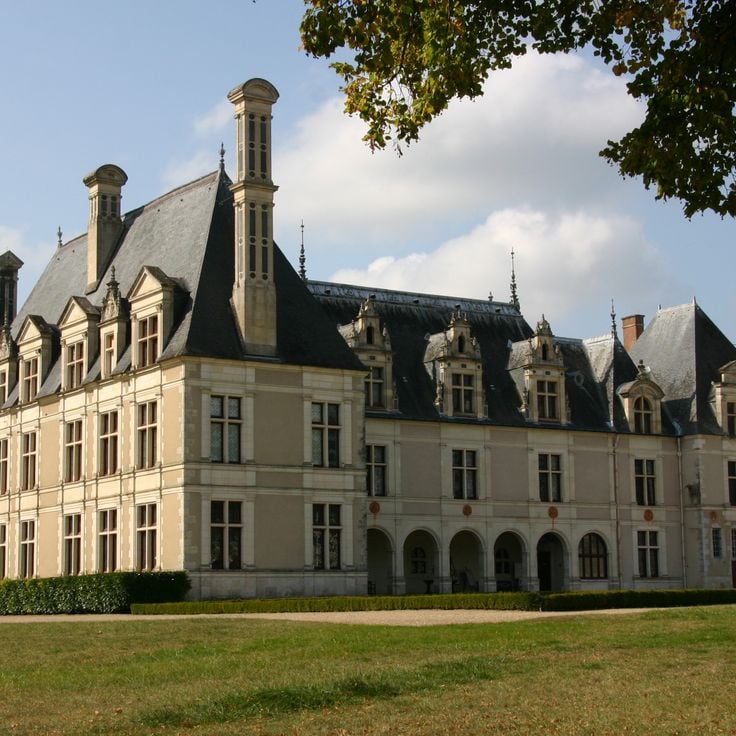
Cellettes, France
This sixteenth century castle houses a gallery with 327 historical portraits of European rulers spanning three centuries. The painting collection documents European political history from the fourteenth to the seventeenth century.
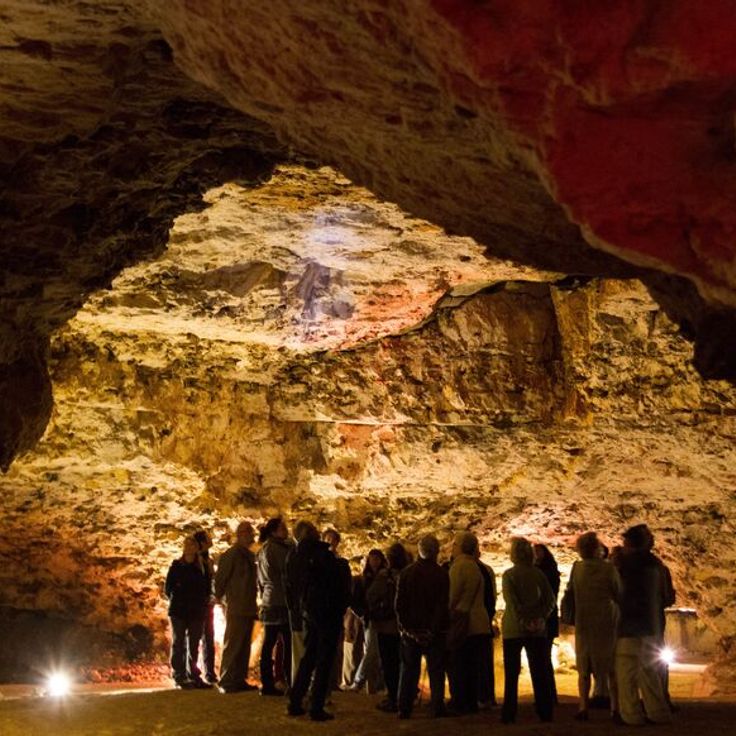
Châteaudun, France
These natural limestone caves offer 1000 meters of marked paths through geological formations from the Cretaceous period. The visit allows discovery of underground galleries and rock layers.